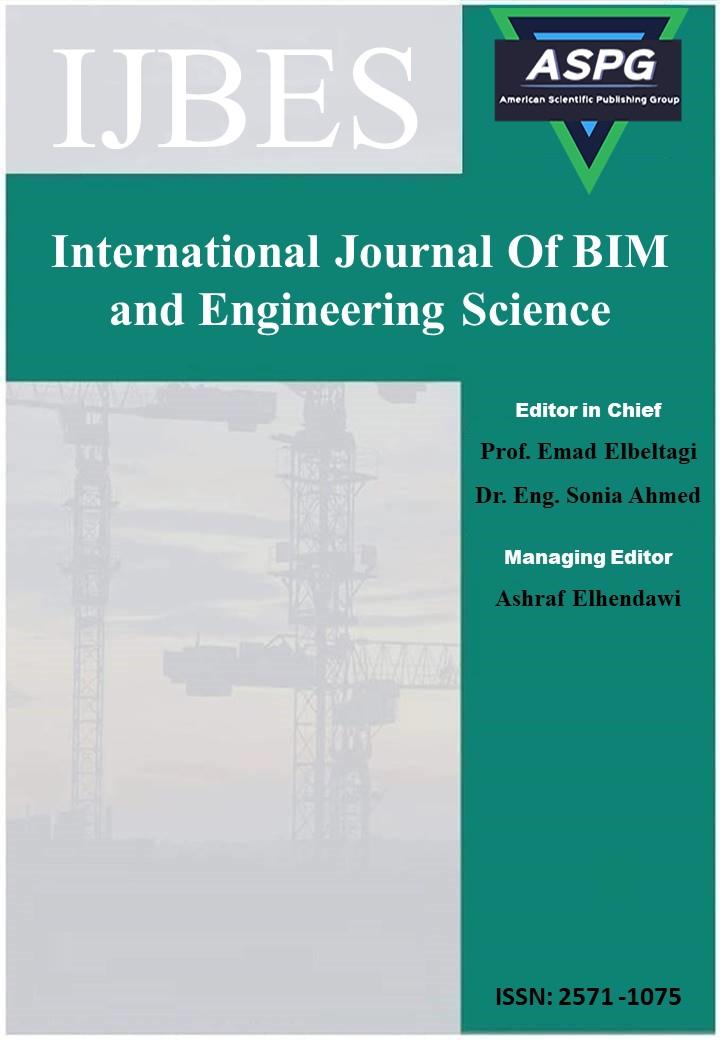

Purpose – The Architecture, Engineering, and Construction (AEC) industry is considered the most effective contributor to development in the Kingdom of Saudi Arabia (KSA). However, the AEC industry is facing myriad challenges due to the vast construction development required for the KSA 2030 vision. Developed countries are using Building Information Modeling (BIM) to mitigate these challenges and reap the benefits of implementing BIM to improve the performance of the AEC industry profoundly. However, BIM is currently rarely used in the KSA. This study aims to develop a methodology to implement BIM in the KSA by exploring stakeholders’ perception of factors affecting the implementation. Design/methodology/approach – BIM users and non-users were surveyed by means of a questionnaire and structured interviews. The proposed methodology was validated through a further survey and structured interviews with BIM experts. Findings – This study proposes a six-step methodology to implement BIM namely; raising awareness; perceived benefits; AEC industry readiness, and organizations’ capability; identifying the barriers; removing the barriers; and defining the key factors influencing the implementation. Practical implications – The proposed methodology is expected to assist project participants in KSA to implement BIM to solve current AEC industry issues, improve projects’ performance and reap the benefits of implementing BIM. Originality/value – This study makes a crucial and novel contribution by providing a new methodology to implement BIM in KSA that motivates decision makers and project players to adopt and implement BIM in their projects. It paves the way to develop BIM guidance and strategies.
Read MoreDoi: https://doi.org/10.54216/IJBES.020101
Vol. 2 Issue. 1 PP. 01-20, (2019)
Recently, Building information modelling (BIM) proves its capability to solve the raised AEC industry issues. Therefore, several countries and entities pursue to transform into BIM especially the developed countries. Lithuania as a European country has a great challenge to cap up with the surrounding environment to implement BIM. This study aims to determine the BIM maturity levels in Lithuania and supposed the missed steps to upgrade to the next level. Eighteen important Lithuanian construction projects awarded the most successful implementing BIM are chosen as a case study. Face-to-face interviews were conducted with several BIM experts whose work at the chosen projects. The analysis conducted by the most effective theoretical model entitled BIM Maturity Matrix (BIMM). The key findings of this research that Lithuania reached the BIM implementing maturity level 2 while some projects still at level 1 that proves the ability of Lithuanian AEC industry to softly and completely transfer the maturity to level 2 by the recommendation provided through the proposed approach at the end of the paper. These results provide a stunning opportunity to improve the AEC project performance and reap the benefits of implementing BIM. Future studies can develop a framework to improve the BIM implementation in Lithuania softly.
Read MoreDoi: https://doi.org/10.54216/IJBES.020102
Vol. 2 Issue. 1 PP. 22-38, (2019)